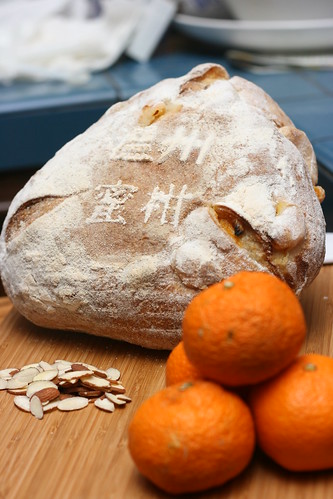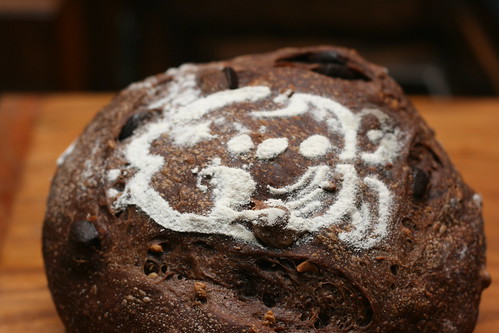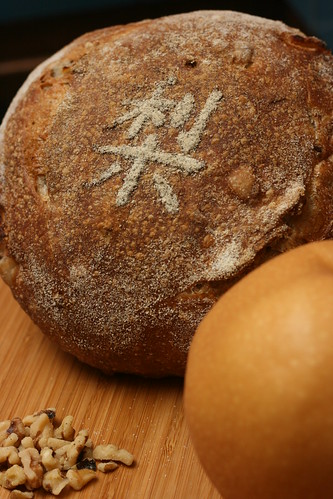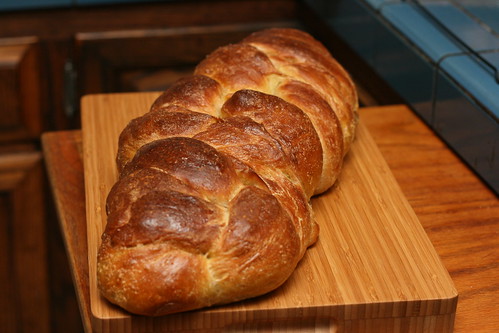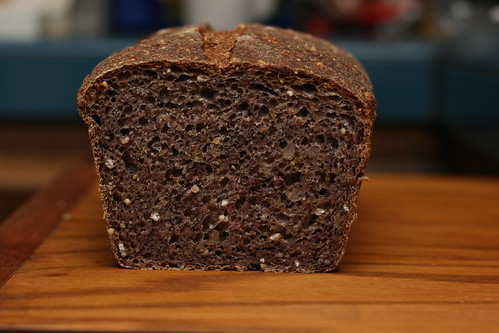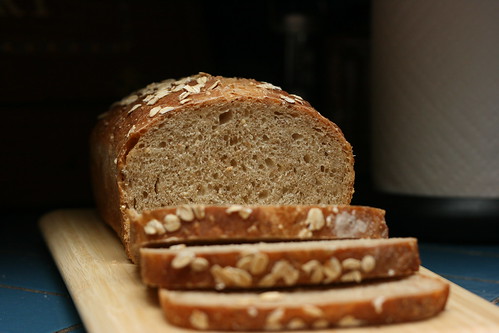SumisuYoshi's blog
BBA Bagels
I've never been a big fan of bagels, which is part of why I skipped this recipe at first, but I know a lot of people who like them so I finally decided the time was right. First step of the recipe is easy, making a sponge, just water, flour and yeast left to expand for a few hours.
